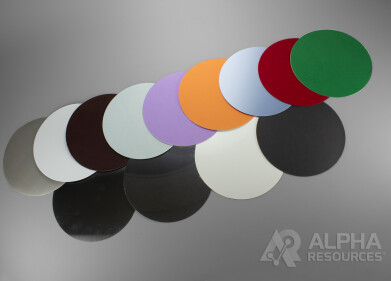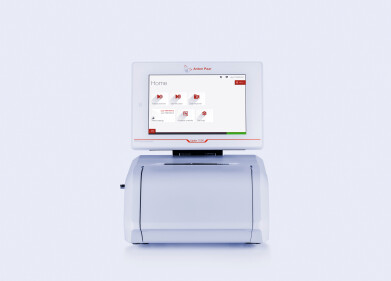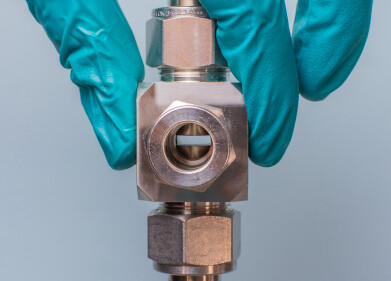Mass Spectrometry & Spectroscopy
How Do You Analyse Cannabinoids?
Mar 24 2022
The Cannabis sativa plant produces more than 100 known cannabinoids, each with its own unique properties and characteristics. Analysing these naturally occurring compounds is fundamental to the medical cannabis industry, helping researchers to develop new products and ensuring manufacturers can provide clear and transparent labelling to consumers.
While in the past cannabinoid analysis has focussed on psychoactive compounds such as Delta-9-tetrahydrocannabinol (THC), the rapidly growing medical cannabis market has put the spotlight on less abundant cannabinoids with powerful therapeutic properties. This has forced researchers to develop more sophisticated, higher resolution methods for cannabinoid analysis.
Below, we take a closer look at some of the most common methods used for cannabinoid analysis.
High Performance Liquid Chromatography (HPLC)
HPLC is a gold-standard method for cannabinoid analysis and offers the scope to identify and quantify individual compounds, including THC and Cannabidiol (CBD).
It’s particularly useful for determining the potency of a sample and has no trouble distinguishing between structurally similar cannabinoids. For example, as well as identifying THC, HPLC is also proficient at detecting precursors with similar structures, such as Tetrahydrocannabinolic acid (THCA).
Gas Chromatography (GS)
Gas Chromatography is another widely used method for cannabinoid and strain analysis. It’s used across the medical marijuana industry and allows scientists to rapidly detect and quantify concentrations of THC, CBD and other cannabinoids of interest. The technique is often coupled with other methods such as Mass Spectrometry (MS) and Flame Ionisation Detection (FID) to improve results.
Unlike HPLC, GS analysis can’t differentiate between acidic and neutral cannabinoids. This is because the carboxylic acids found in THCA and CBDA decarboxylate when exposed to heat emitted by the GC injector port.
HPLC-MS/MS
In a recent article published in the Journal of Cannabis Research, the authors cite HPLC-MS/MS as the most accurate and specific method for cannabinoid analysis. “There are multiple benefits to using HPLC-MS/MS over other analytical methods,” write the authors.
As well as distinguishing between acidic and neutral cannabinoids, the team say the addition of MS allows scientists to “differentiate between different cannabinoids based on the m/z value of their molecular ion.” HPLC-MS/MS is also highly specific, with the capacity to analyse complex matrices in far more detail than UV detectors alone.
What’s next for medical marijuana?
With the global medical cannabis market predicted to reach a value of almost US$54 million by 2030, the potential for this flowering plant is enormous. Find out more about what’s next for the industry in ‘Medical Cannabis - Testing, Analysis & Identification.’
Digital Edition
Lab Asia 31.6 Dec 2024
December 2024
Chromatography Articles - Sustainable chromatography: Embracing software for greener methods Mass Spectrometry & Spectroscopy Articles - Solving industry challenges for phosphorus containi...
View all digital editions
Events
Jan 22 2025 Tokyo, Japan
Jan 22 2025 Birmingham, UK
Jan 25 2025 San Diego, CA, USA
Jan 27 2025 Dubai, UAE
Jan 29 2025 Tokyo, Japan



















